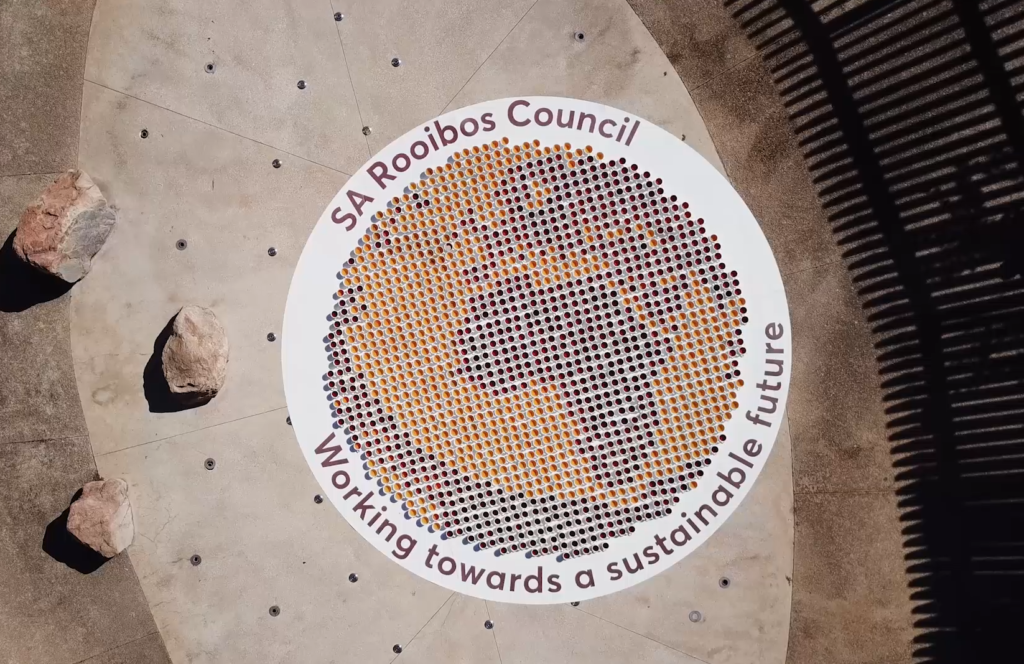Many millions of people know and love rooibos tea. What’s less known is that the species of plant used to make the red tea now gaining in popularity worldwide is not fully domesticated. In fact, the ‘red type’ of Aspalathus linearis used to cultivate rooibos tea is one type that has been selected from a wide range of types that are found in the plant’s natural home range of the Cederberg.
The rooibos plant is only grown within its ideal environment, which is a sensitive and biodiverse region. And, to achieve good yields of high-quality rooibos tea, producers such as ourselves practice environmental preservation and sustainability. It’s these conditions and practices that the plant responds best to.
A Celebration of World Environment Day Through Art
To celebrate the recent World Environment Day and to put the spotlight on the rooibos sector’s aims of environmental preservation, the SA Rooibos Council recently embarked on a project to create an artwork using a range of rooibos teas.
From loose leaf tea to green rooibos tea and all shades in between, the artwork placed the African continent at its centre. And, with rooibos tea being recently awarded Protected Designation of Origin status by the European Union, the artwork served to draw attention to the unique nature of the humble plant that gives us all so much pleasure.
To find out more, pour yourself a cup of rooibos tea and watch this video created by the SARC:

